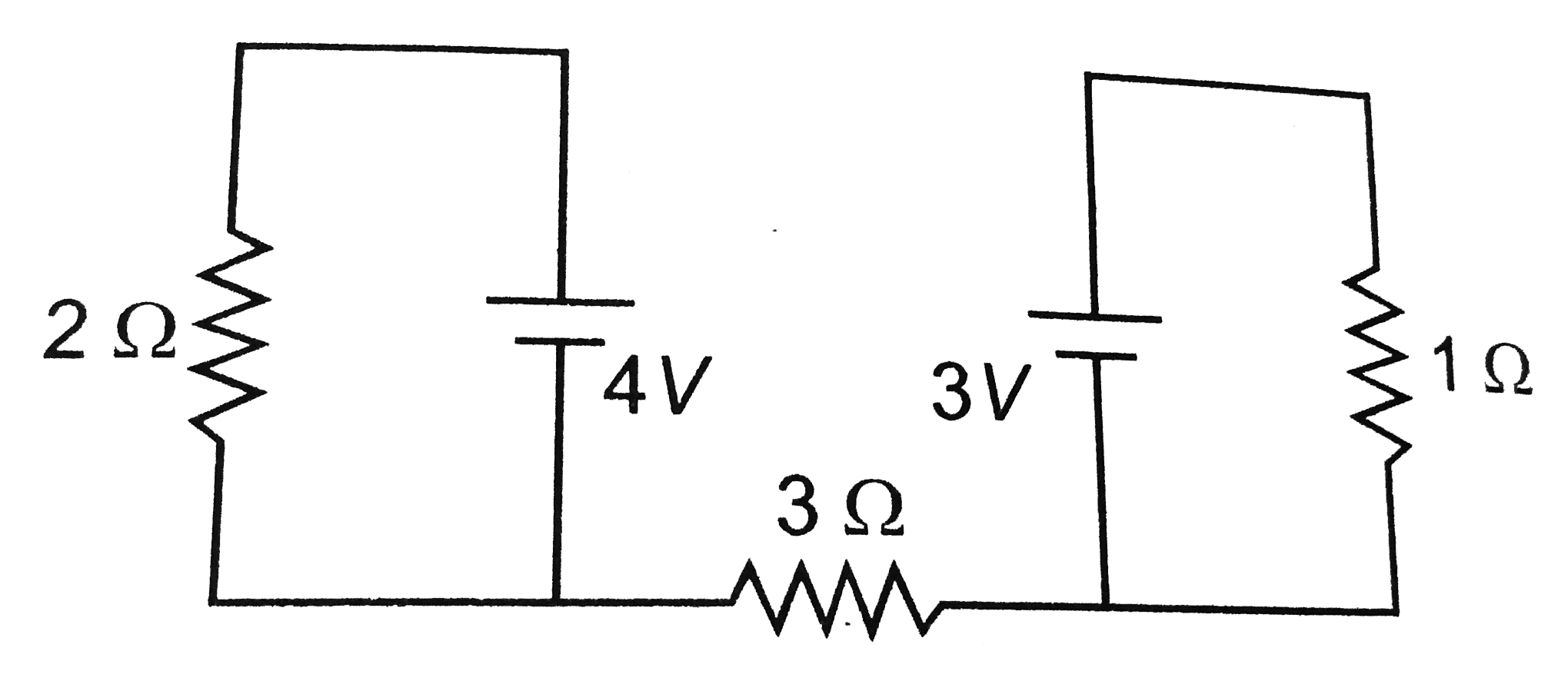The r.m.s. value of potential difference V shown in the figure is :

V0/√3
V0
V0/√2
V0/2
The correct Answer is:C
Step by step video, text & image solution for The r.m.s. value of potential difference V shown in the figure is : by Physics experts to help you in doubts & scoring excellent marks in Class 12 exams.
Updated on:21/07/2023Similar Questions
Knowledge Check
The rms value of potential difference V shown in the figure is
 AV0BV0√2CV02DV0√3
AV0BV0√2CV02DV0√3The r.m.s. value of potential difference V shown in Fig. is
 AV0BV0/2CV0/√2DV0/√3
AV0BV0/2CV0/√2DV0/√3The potential difference between A and B as shown in figure is
 A1VB2VC3VD4V
A1VB2VC3VD4V
The sinusoidal potential difference V shown in figure applied across a resistor R produces heat at a rate W. What is the rate of heat disspation when the squre wave potential diffrence V2 as shown in figure is applied across the resistor?

View SolutionThe potential difference across the 3 resistor shown in figure is

View SolutionFind the potential difference between A and B as shown in the figure

View SolutionA part of a complete circuit is shown in the figure . At some instant the value of current I is 1 A and it is decreasing at a rate of 102As−1 . The value of the potential difference VP−VQ, (in volts) at that instant , is ____________.

View SolutionThe circuit shown in the figure is a series LCR circuit connected to an AC source. This circuit has many important applications in practical electronic systems. In the given circuit, L=20mH and frequency of applied alternating potential difference is ω=8000rad/s. Initial phase of applied potential difference has such a minimum value that initial value of instantaneous potential difference is half of is peak value while initial phase of current in the circuit has such a minimum value that initial value of instantaneous current equals its peak value. We also observe that current in the circuit leads the net voltage across the circuit. It is given that peak values of potential difference across R and L are I VR(peak))=25V
V(L)peak=20V

Impedance of the circuit is
View Solution

